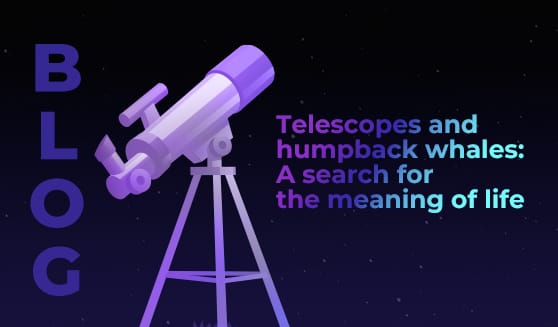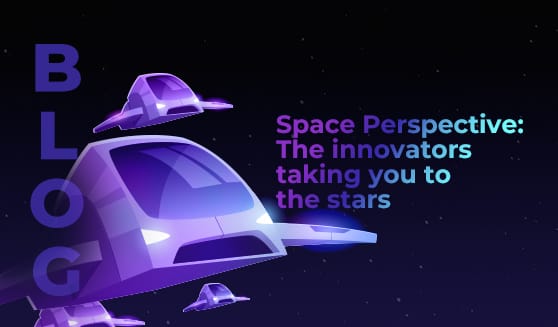
“There are still untapped opportunities that we can leverage using today’s technology, to take us to the total level to generate a digitised era.”
These words from Mohammed Al Barrak (CTO at Jahez) at #LEAP22 have instigated an ongoing game here at LEAP. We’re analysing every task we undertake each day, and every service we use as we go about our lives, and we’re asking each other: could it be digitised?
And we’ll be honest, we’ve had some outlandish ideas — but we haven’t yet come up with any service that couldn’t be enhanced or enabled by some form of digitisation. As Al Barrak pointed out, even services that have relied on digital processes for years could still be improved with new, more streamlined solutions.
Tech has transformed service industries
Tech hasn’t just changed the way that service markets work, but it’s also created new markets within those industries. Take online food delivery: “it started with having the relationship between the merchants and the online food delivery platforms,” Al Barrak said. Then, “after a couple of years we noticed that a new market was created, integrated between these two markets, and this market is worth billions of dollars right now.”
Similarly, while ecommerce has been operational for decades now, new digital tech has enabled the emergence of the new quick commerce market — with companies providing almost instant delivery for certain products and customers. Tech-enabled improvement has been rolled out across the health sector, education, transportation, offering ever-more convenient solutions to all kinds of experiences.
And Barrak noted, “all these experiences and features and opportunities were improved, and actually some of them were created, by merging technology with services and actions that we do on a daily basis.”
The opportunities, however, have certainly not all been tapped. And while we think our ‘could it be digitised?’ game is a great place to start, there’s a more reliable way to find out what the next important opportunities in digital services could be: look at what’s happening already.
Are digitised services always a good thing?
In a report published by the University of California Press in August 2021, Josephine Wolff (Associate Professor of Cybersecurity Policy at the Fletcher School of Law and Diplomacy) wrote that the growing complexity of tech makes it very difficult “for scholars to probe how technological advancements are altering life around the world in both positive and negative ways.” It’s important for those of us working in technology to remember that not all impacts are positive, and that not all citizens want tech solutions for everything. Crucially, we have to remain aware of the danger that new tech can increase inequality and widen the gap between the people who have the money and skill to use it, and the people who don’t.
That being said, there’s absolutely no doubt that digitisation has done (and continues to do) powerfully positive things for people and the environment. And our favourite digital services are the ones that make life easier and improve sustainability.
Like tech that enables sustainable energy use. In terms of household use, cities account for the largest energy demand and produce more than 70% of global CO2 emissions. Buildings create the largest percentage of urban emissions, and non-residential buildings are 40% more energy-intensive than residential homes. Heating, cooling, and ventilation are the culprits behind the hefty carbon tag of buildings — but smart cities of the future will build interconnectedness between the different producers of carbon in buildings and across cities, to reduce each city’s overall footprint.
The City Performance Tool by Siemens Advanta, for example, is an interactive digital decision-making tool that enables urban planners and contractors to identify and compare the best technologies in the energy, buildings, and transport sectors for reducing greenhouse gas emissions and improving air quality — as well as creating new jobs in the local economy. It generates a shortlist of solutions to help cities meet their ESG targets, and it’s been validated by institutions including MIT, TU Berlin and the London School of Economics. This tool highlights the way that digitisation can join up the dots, and fill in the gaps in understanding that hold cities back from reducing emissions and hitting their goals — and as a digital solution, it has the potential to be scaled significantly.
The untapped opportunities lie in the things people do, and the things people (and the planet) need
Digital healthcare solutions have grown because people use healthcare all the time. Hyper-convenient ecommerce solutions have boomed because people buy things all the time. We’re simplifying, but you get the point; as Barrak said, the really strong opportunities in digitisation right now are the ones that blend tech with the things people already do every day.
We’d add one additional point to that: that sustainable tech is a huge opportunity for innovators in 2022 and beyond. So digital solutions that support ESG goals, as well as streamlining a daily personal or professional experience for citizens, are on our watch list for the future.








